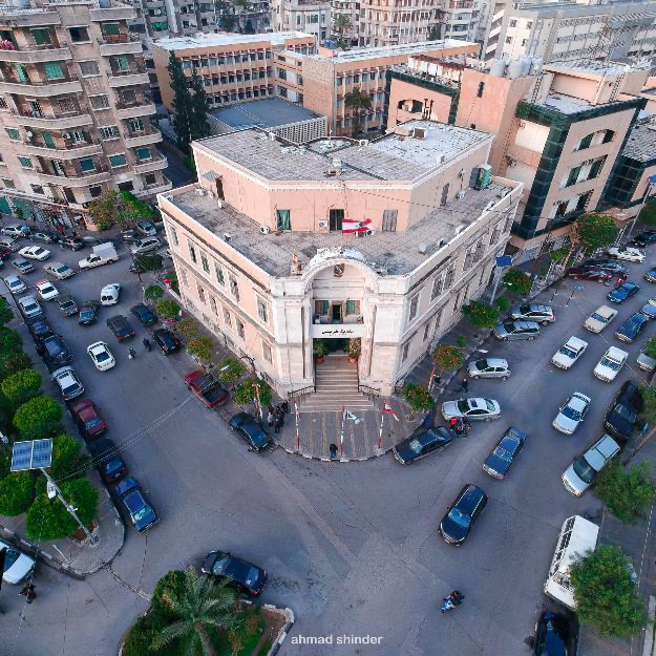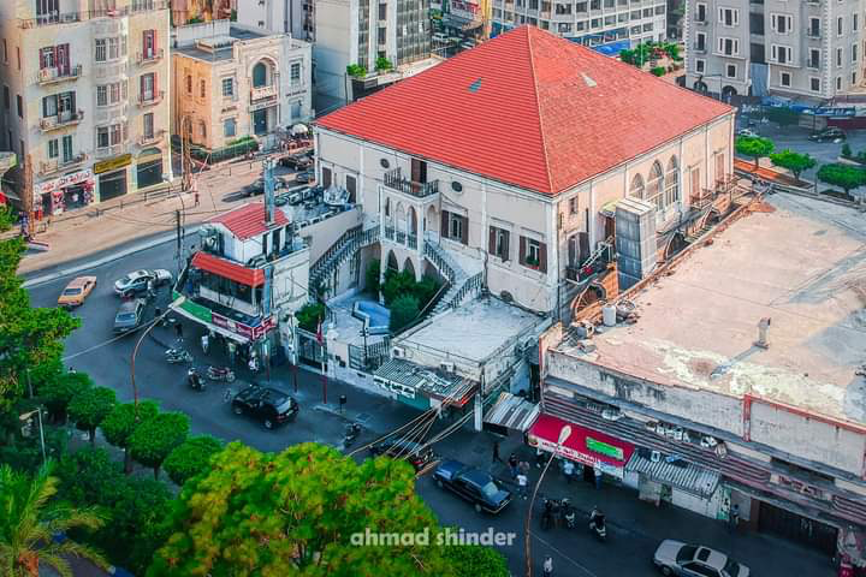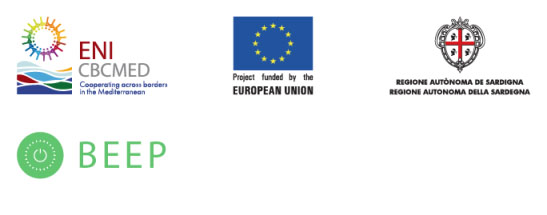The BIM for Energy Efficiency in the Public Sector (BEEP)
The BIM for Energy Efficiency in the Public sector (BEEP) project aims at strengthening the use of Building Information Modeling (BIM) - a process supported by various tools and technologies involving the generation and management of digital representations of physical and functional characteristics of places- to enhance energy efficiency in buildings.
The testing of this emerging technology on built heritage will be performed to demonstrate its scalability to the entire building stock. The project will provide public administrations with a powerful method for the energy rehabilitation of public buildings to be supported with private funds through the Energy Performance Contracting.
The project main outcome will be an innovative methodology based on the integration of emerging technologies tested on heritage public buildings. The results will streamline the sustainable rehabilitation process and start a virtuous circle where the money saved by public administrations in managing public assets will be used to multiply the interventions on the existing building stock.
Objectives
- Foster the replicability of the methodologies and solutions suggested and developed in the cross-border case studies widespread in MED area, strengthening the cooperation among EU and MP countries, and disseminating a highly advanced AEC industry standard.
- Enhance the capacity of public local administrations to design, and realise innovative energy rehabilitation interventions on existing public buildings, by the mean of a multidisciplinary and integrated ICT tool (BIM and performance-based design: EE-HBIM approach).
- Foster the access to credit by public administration from private financial services companies (e.g. ESCOs) developing the innovative EE-HBIM approach as trusty tool for the financial evaluation of the ROI of the refurbishment project.
Expected Achievements
- 2 Energy Efficiency Heritage Building Information Model – (EE-HBIM) developed for the Municipality of Tripoli and the Rashid Karami Municipal Cultural Center (“Nawfal Palace)
- 1 training guide for architecture, energy and construction professionals involved in the refurbishment of building
- 1 competency framework for public procurement technical officer
- 9 pilot projects for the implementation of Energy Performance Contracting
- 9 case studies on innovative energy rehabilitation interventions of historical building
- 1 Memorandum of Understanding promoting a common strategic policy for refurbishment using Building Information Modeling
Lebanon's Case Studies
Case Study 1: Municipality of Tripoli Building
Name of Building: Municipality of Tripoli
Location: Tripoli – North Lebanon
Floor area: ~ 1436 m2
Volume: ~ 21540 m3
Original use: Municipality
Year of Construction: ~1932

Case Study 2: Rashid Karami Municipal Cultural Center
Name of Building: Rashid Karami Municipal Cultural Center (commonly known as “Nawfal Palace”)
Location: Tripoli – North Lebanon
Floor area: ~ 600 m2
Volume: ~ 4321m3
Original use: Public and archival library
Year: ~1898

Ongoing Activities
- Geometric survey based on 3D scanning for both Rashid Karami Municipal Palace and the municipality buildings.
- Detailed general conservation state visual analysis for the Rashid Karami Municipal Palace.
- Simple general conservation state visual analysis for the Municipality building.
- Opaque and transparent envelope and indoor environment analyses for Rashid Karami Municipal Palace.
- Development of a virtual model using HBIM process for both buildings.
Partnership
Lead Beneficiary/Project Coordinator:
Partners:
Partner 1: Royal Scientific Society RSS, Jordan
Partner 2: Minnucci Associati, Italy
Partner 3: Cyprus Institute CyI, Cyprus
Partner 4: Valencia Institute of Building IVE, Spain
Partner 5: Centre for Cultural Heritage Preservation CCHP, Palestine
Partner 6: Lebanese Center for Energy Conservation LCEC, Lebanon
Partner 7: Egypt-Japan University of science and Technology E-JUST, Egypt
Duration:
3 years (from 01 September 2019 to 31 August 2022)
Budget:
Total budget of € 1.9 million, of which € 1.7 million is co-funded by the EU under the ENI CBC Med Programme.
More information about BEEP project can be found at:
Website: http://www.enicbcmed.eu/projects/beep
Stay Connected
Twitter: @BEEP_EniCbcMed
Linkedin: linkedin.com/in/enicbcmed
Facebook: https://www.facebook.com/BEEPenicbcmed
Instagram: https://www.instagram.com/enicbcmed/
Youtube: https://www.youtube.com/channel/UCOUQr8dBL89XW8feu8eD4QA
